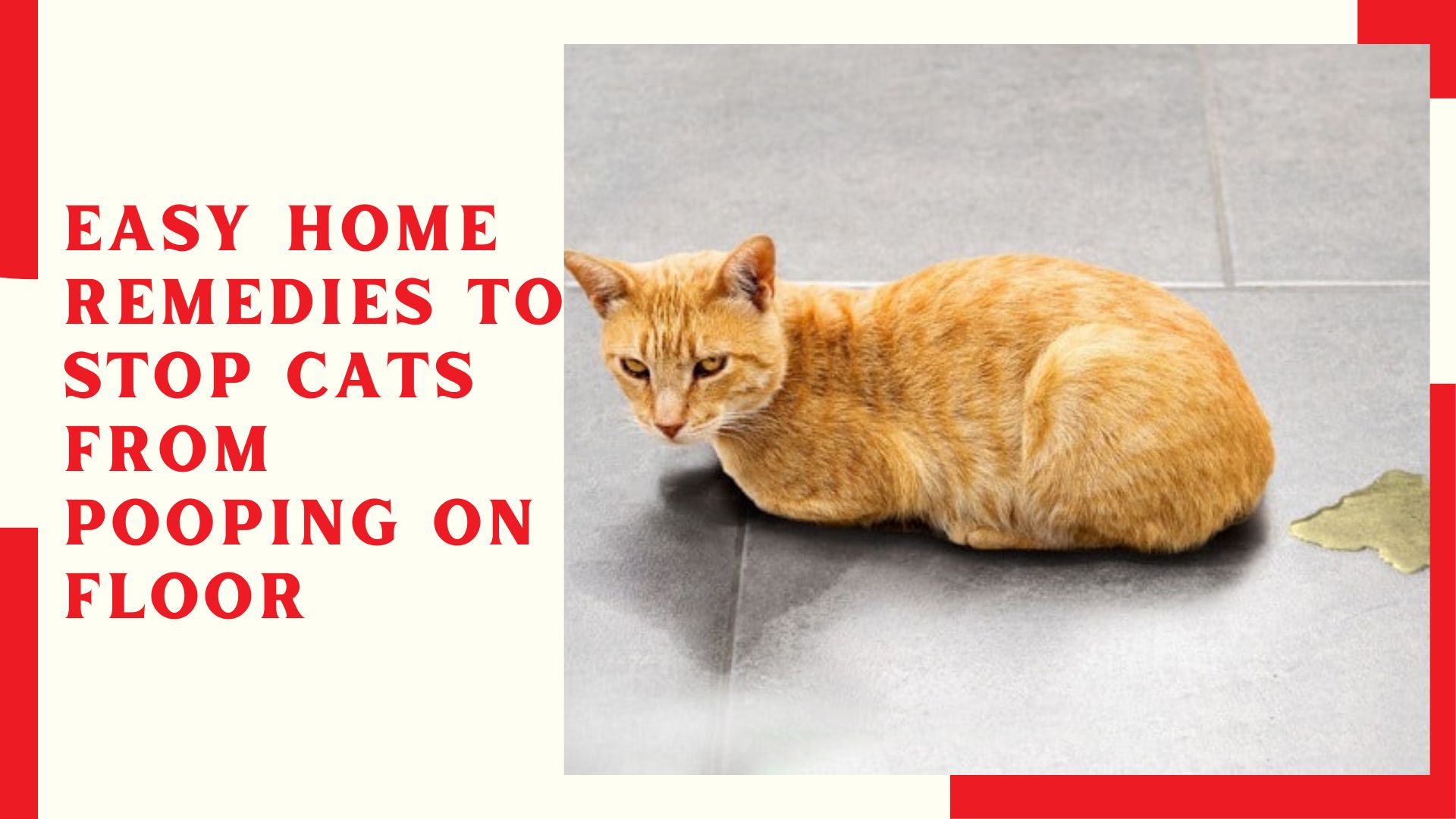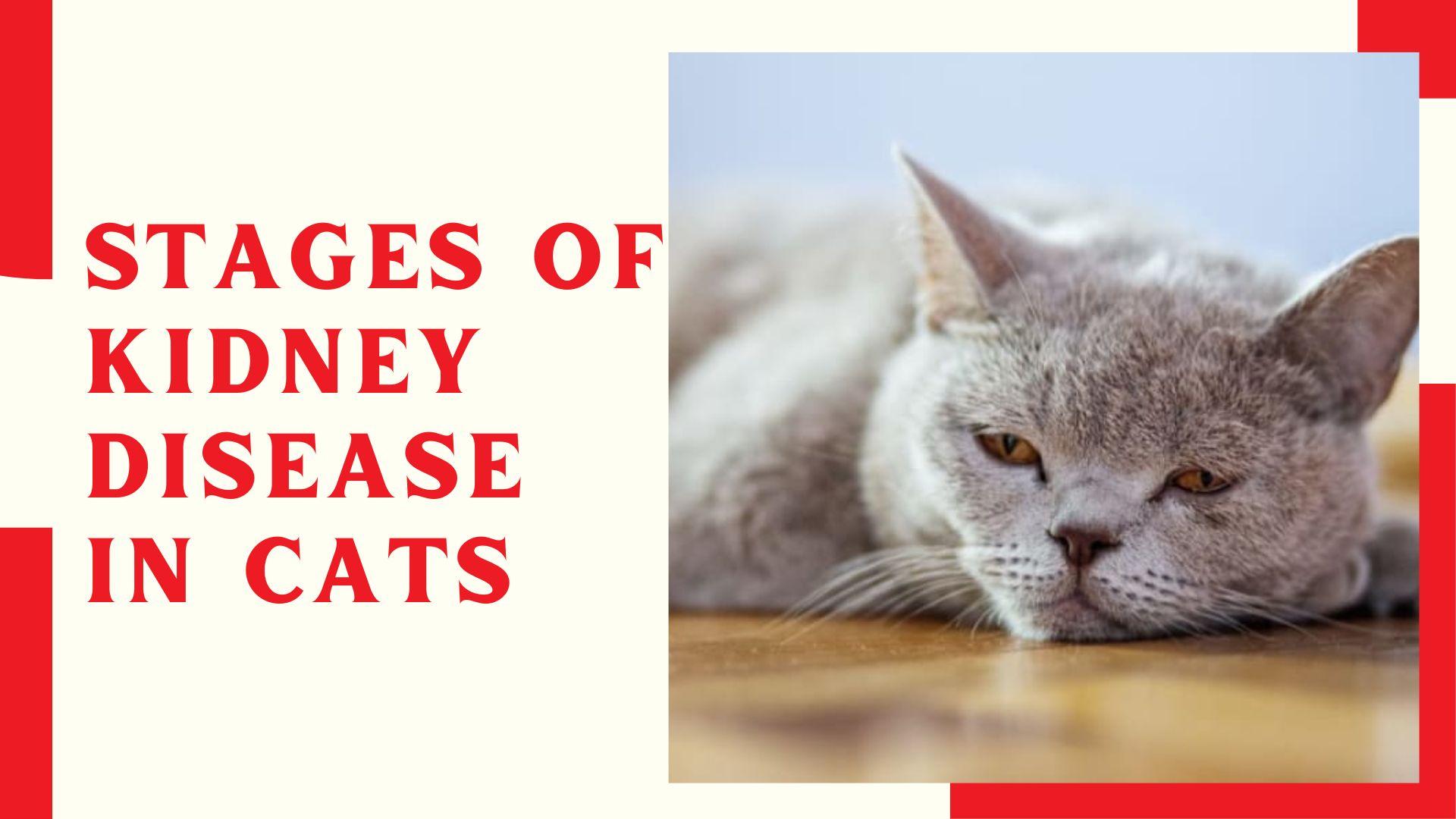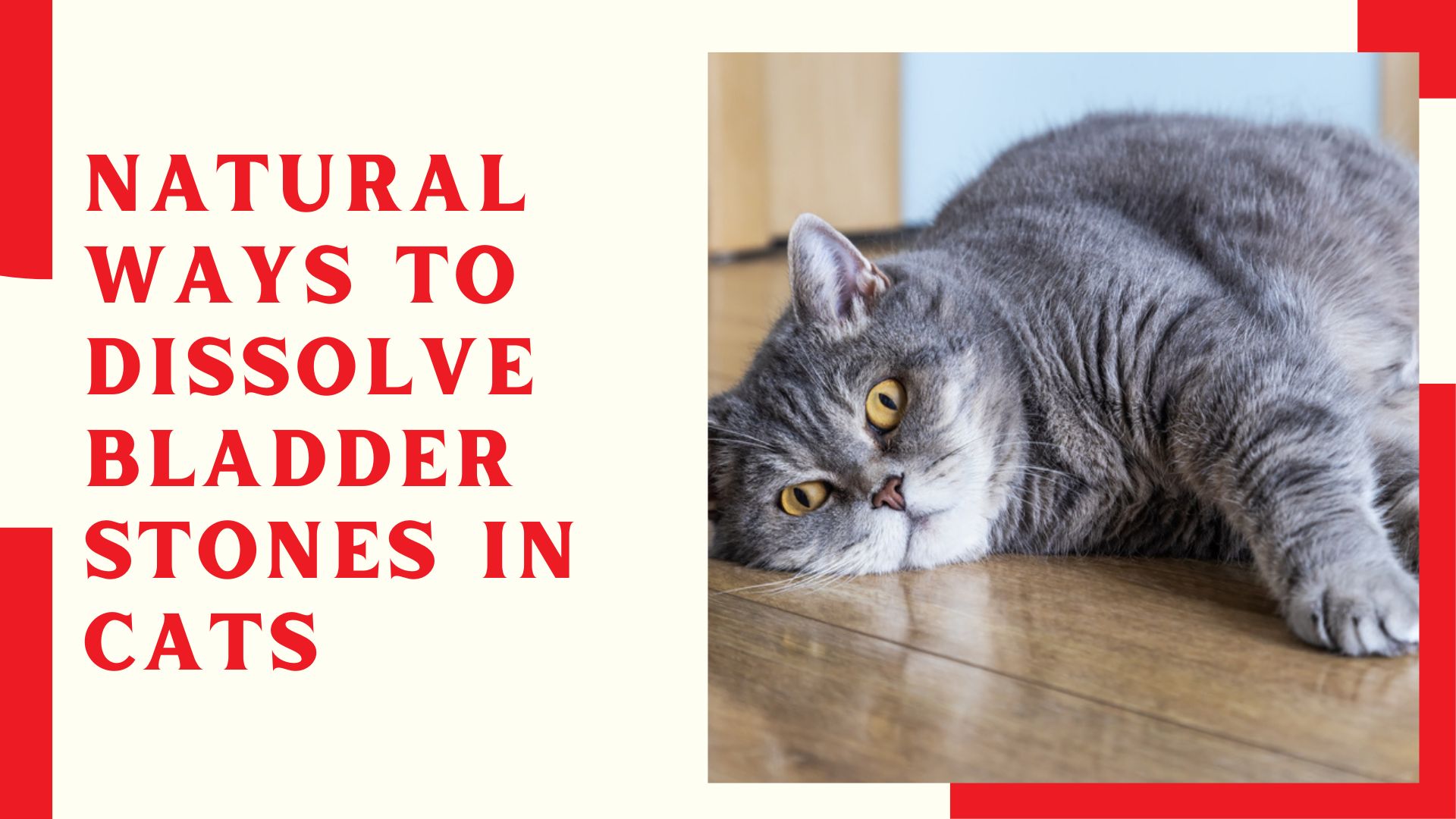Cats are fascinating creatures known for their independence, agility, and enigmatic behaviors. While some of their actions can seem odd or inexplicable to humans, there are often logical reasons behind them. Here are eight strange cat behaviors explained.
Related Products You Might Like

Interactive Cat Toys

Cat Multivitamin Chews

Tower of Tracks Toy
"(Paid Links)" 
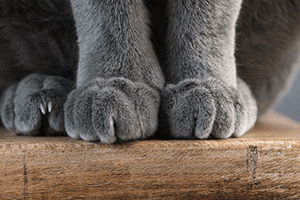
Kneading with Paws
Many cats exhibit a behavior known as kneading, where they rhythmically push their paws in and out against a soft surface, such as a blanket or their owner’s lap. This action dates back to kittenhood when they knead their mother’s belly to stimulate milk flow. In adulthood, it’s believed to be a comforting, instinctual action that relieves stress and marks territory with the scent glands which are present in their paws.
Chattering at Birds
If you’ve ever seen a cat watching birds through a window, you might have noticed a strange chattering sound. This rapid, jaw-clattering behavior is thought to be linked to their hunting instincts. Some experts suggest it’s an expression of frustration at being unable to catch the prey, while others believe it mimics the killing bite they would use on small animals.
Bringing 'Gifts'
Cats sometimes bring home dead animals, such as mice or birds. This behavior can be unsettling, but it’s rooted in their natural hunting instincts. In the wild, mother cats teach their kittens to hunt by bringing dead or injured prey. When your pet cat brings you a “gift,” it could be their way of sharing their successful hunt with you, viewing you as part of their family.
Head-Butting and Face Rubbing
Cats will often head-butt or rub their faces against people, objects, or other animals. This behavior, known as bunting, involves the transfer of pheromones from the scent glands in their cheeks and forehead. It’s a way of marking territory and indicating that they feel safe and comfortable in their environment. When a cat head-butts you, it’s a sign of affection and trust.
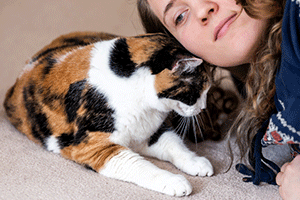
Zoomies
Sudden bursts of energy in your fur ball, often referred to as "zoomies," can occur at any time of day or night. Cats may sprint around the house, jumping on furniture and darting from room to room. This behavior is typically a way for them to burn off excess energy. In the wild, cats are predators that require short bursts of activity to catch prey. Indoor cats mimic this natural instinct through these energetic outbursts.
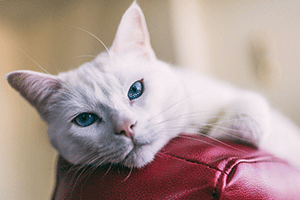
Staring with Unblinking Eyes
When a cat stares at you unblinkingly, it can be a bit unnerving. However, this behavior often indicates curiosity or a sense of security. Cats may stare as a way to gather information about their environment or to communicate non-verbally. If they slowly blink at you during a stare, it's known as a “cat kiss,” which is a sign of trust and affection.
Sitting in Small Spaces
Cats have a peculiar affinity for squeezing into small, confined spaces such as boxes, bags, or even tight corners. This behavior is instinctual, providing a sense of security and protection. In the wild, small spaces can shield cats from predators and harsh weather. For domestic cats, these spaces offer a comfortable and safe retreat.
Licking You
While it might feel odd to be licked by your cat, this behavior is a form of grooming that signifies affection. In feline social structures, mutual grooming is a way to bond and build relationships. When a cat licks you, they’re treating you as part of their social group. It can also be a way to mark you with their scent, reinforcing your bond.
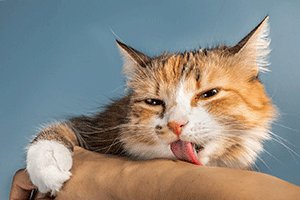
Understanding these behaviors helps us appreciate the complex and instinctual nature of our feline friends. Each peculiar action is a glimpse into their wild ancestry and an expression of their unique personalities. So, the next time your cat exhibits one of these behaviors, you'll know there's more to it than meets the eye.

